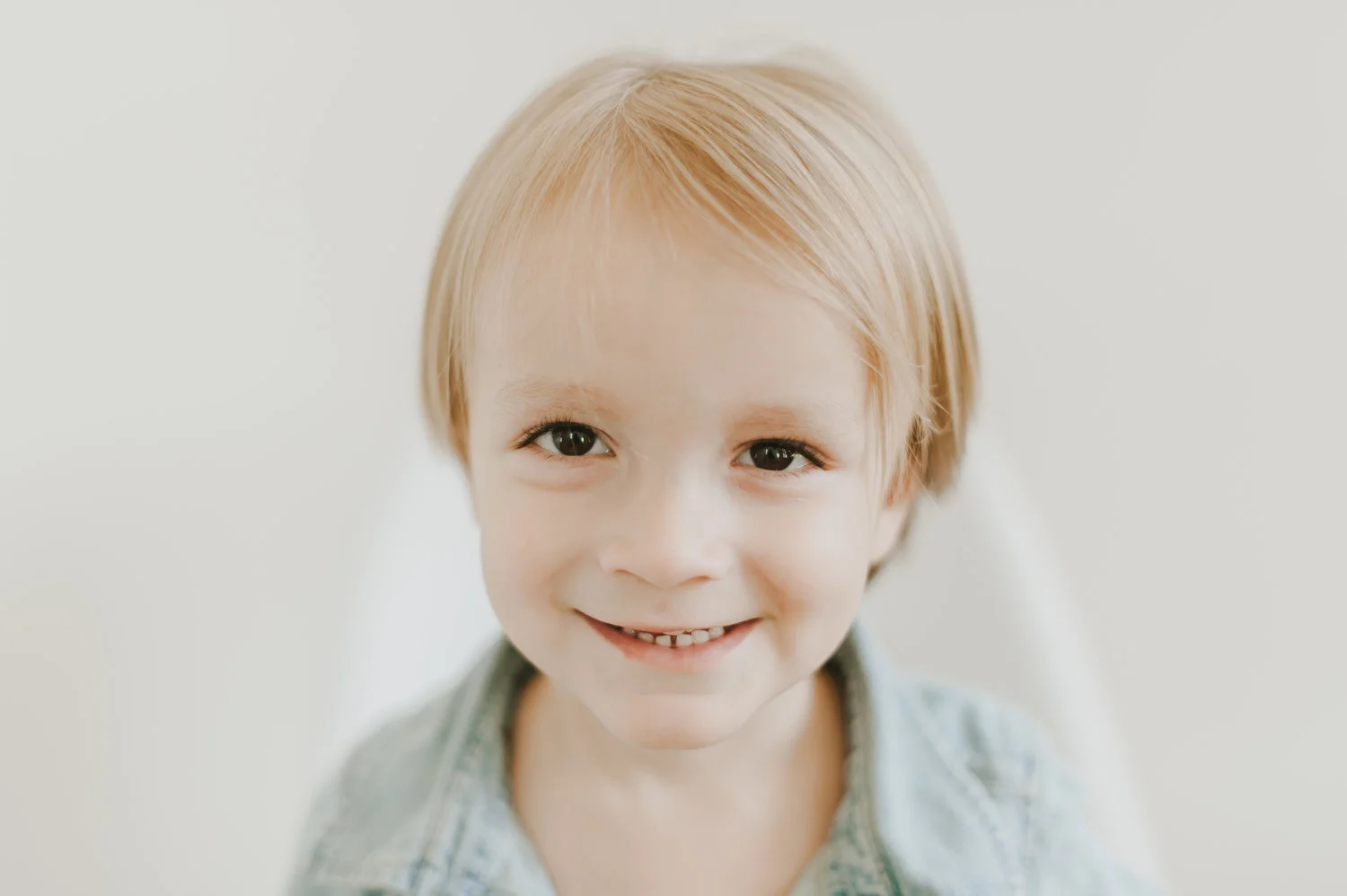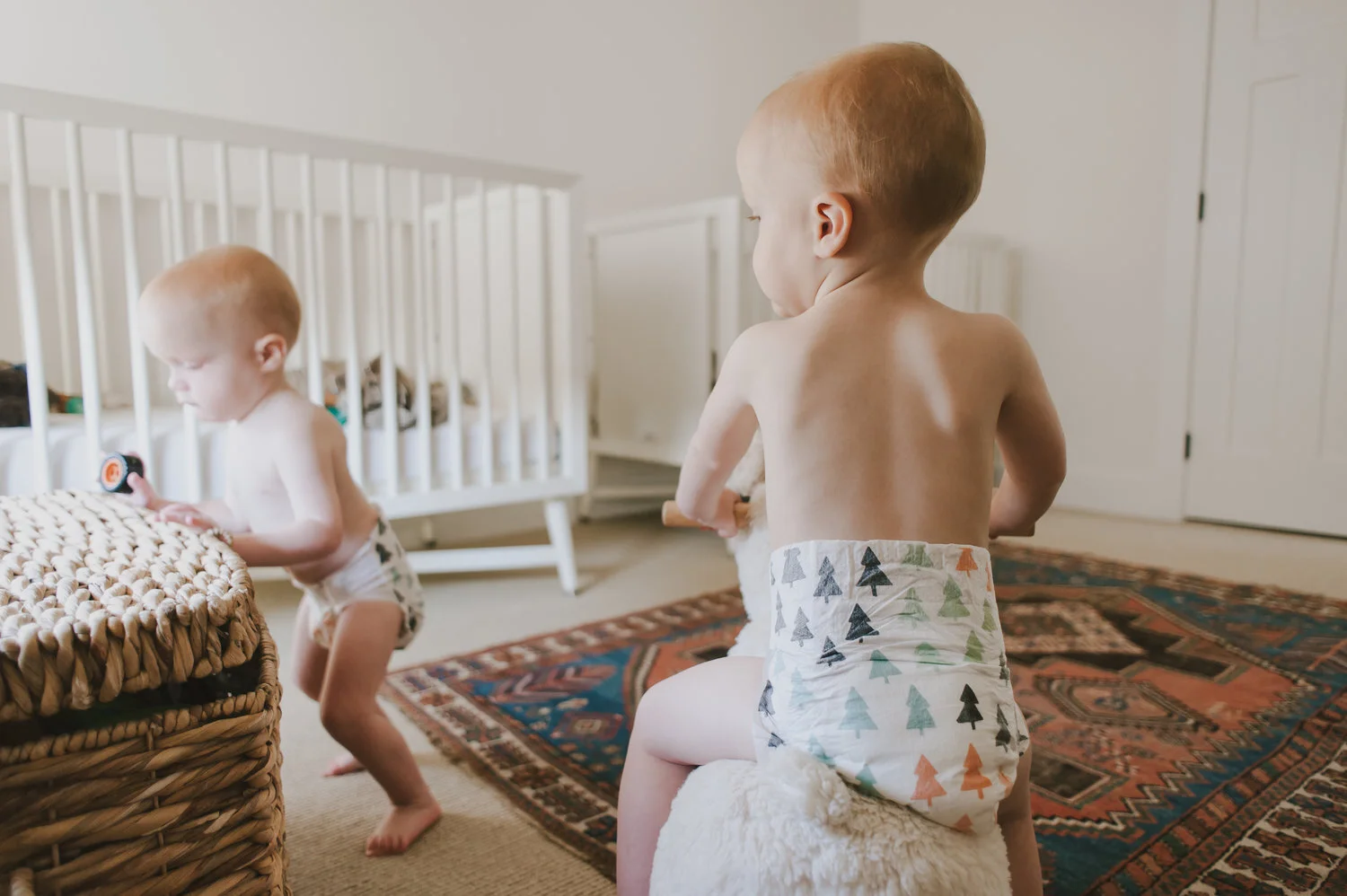minimalist running
napa half marathon
photos by hannah... wearing luna sandals after a short jog
This is Nathan, Hannah’s younger brother. She asked me to write a blog about the barefoot/minimalist approach to running. Since the beginning of time, I have always done what Hannah has told me to do—regardless of the consequences. When I was little, she would make me and all my friends line up at the pool and dive in a certain way, go get her snacks at the snack bar or swim the way she wanted us to, and we all listened! So, in typical little brother fashion, I am happily doing what my big sis is telling me to do ;)
I have always had knee issues, which has hindered me from running long distances without some sort of orthotic. Even with an orthotic, I couldn’t seem to get past 7 miles before my knee was absolutely killing me. I conceded that people were not meant to run long distances—at least I wasn’t.
After I struggled to get through my first half-marathon with an orthotic in my shoe, I wanted to run more (mainly because it made me feel better), but I couldn’t seem to get past this knee issue I had. A friend of mine recommended I read the book Born to Run by Christopher McDougall. I secretly thought, “How can reading a book help my knee problem?”, but I read it based on his recommendation. Whether you are runner or not, it is a must read.
To sum up the plot line in a few short sentences, Chris McDougall hears about a tribe, called the Tarahumara, that live in the Copper Canyons of Mexico who can supposedly run 100+ miles a day without injury. To make things even more unrealistic, they would run in sandals they call huaraches! McDougall sets off to see if these people actually exist, and long story short, he finds them. They are a quiet people but can run like the wind. They take quick, efficient strides, and land on their forefeet—as opposed to heel striking, where your heel comes down first.
Shouldn’t Americans, with their state-of-the-art shoe technology, be the ones leading the way in injury prevention? In fact, we aren’t. When Nike introduced its first shoe in 1971, running injuries started becoming more frequent. Dr. Bernard Marti published a paper in which he surveyed 4,358 runners who participated in a 16km race and found that runners who ran in shoes costing more than $95 actually were twice as likely to get injured than runners who ran in shoes costing only $40. What?!
The reason being one-quarter of the bones in our bodies are in our feet. Also, there are 33 joints and more than 100 muscles, tendons and ligaments. In today’s world, with all of this fancy support technology, we are preventing our feet from doing their main job—to stabilize the body. This puts the job of trying to stabilize the body on the knees and hips, which they are not meant to do.
I reluctantly bought some of those crazy looking toe shoes to try them out—Vibram fivefingers. My knee pain wouldn’t go away, so I thought what the heck, I’ll give them a try. It worked, because there is no way you can heel strike in barefoot shoes. You will be in a world of pain if you let your heel hit first. Start off running a half a mile, or a mile, and work your way up. Your calves will be in a lot of pain for the first month or two. This is completely normal, so stick with it.
You don’t have to go all in on the vibram fivefinger shoes, but I would recommend buying some minimalist, barefoot feel (4mm drop or less) shoes to practice your forefoot strike (running on the ball of your foot, rather than on your heel) and to get your stride rate up. Your aim here is to obtain short, quick, efficient strides, where your feet are landing under your body on your forefeet. You can even get some huaraches of your own! Luna sandals makes a great pair that I will wear on occasion for short runs. If you follow Hannah on snapchat, you'll see her wearing hers all the time! I've gotten her hooked!
You wouldn’t go play golf without having a good idea of how to swing a golf club. This is the same thing. Running form is every bit as important as knowing how to swing a golf club, but it is so much easier to just slap on a pair of running shoes and ‘go for a run’. Heck, I used to run with terrible form until five months ago, and I ran in high school. If you don’t practice it, if you are not constantly trying to improve it, your form will never get better.
Running in barefoot shoes isn’t going to solve all your problems, but it will help a lot. Watch some YouTube videos on form by Eric Orton, or read The Cool Impossible by Eric Orton. Once you get your form down, you can start running in basic 4mm drop shoes, which is what I have done for the past five months.
I am now training for my first 50k, which I never thought was possible for me, and running faster than ever. The best part is I can run without pain in my knee and without orthotics.
Much Love,
Nathan





